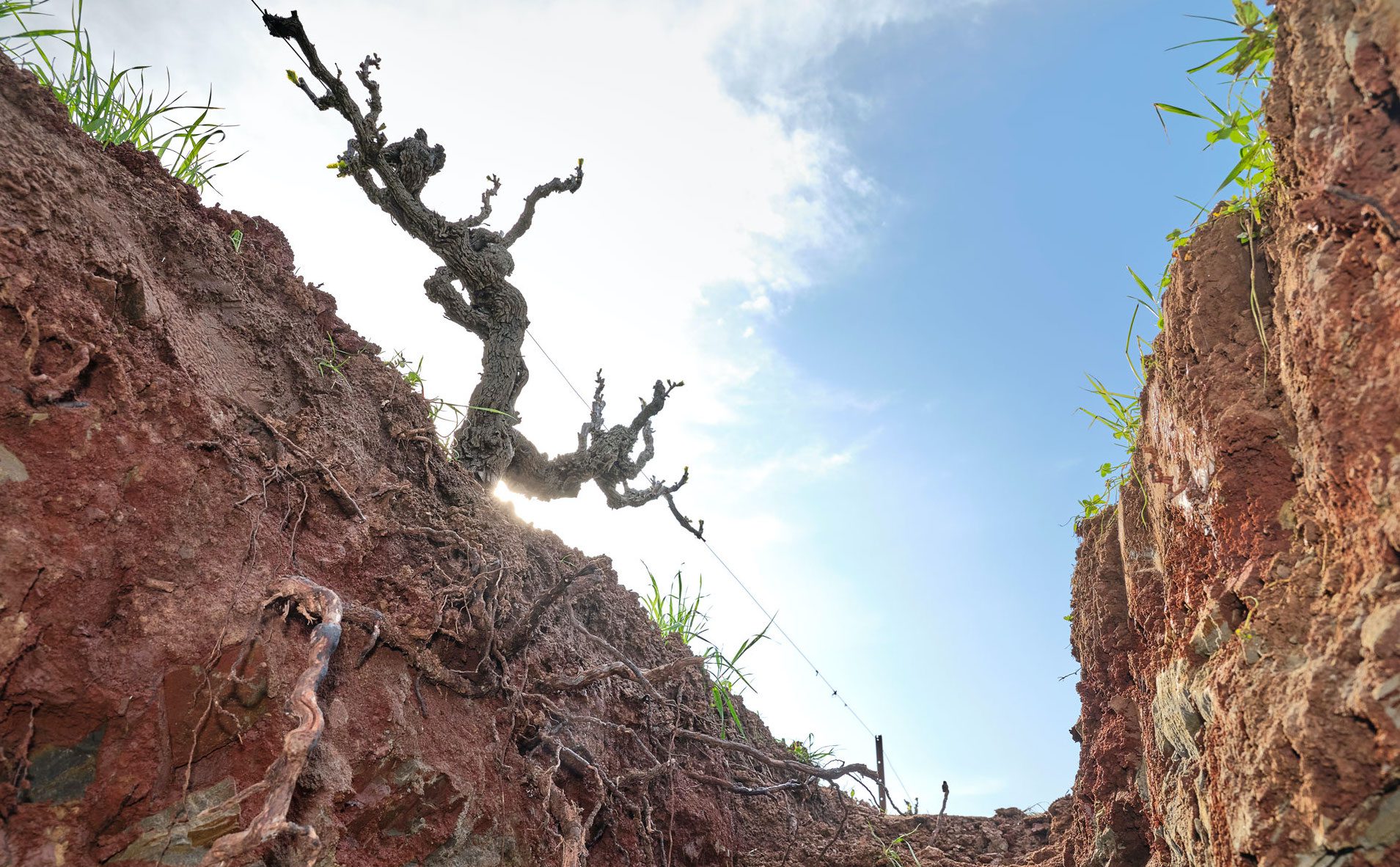
Reader Richard van Ruth responds to the furore surrounding the recent ‘Summit’ involving 15 CEOs and managing directors of some of Australia’s biggest wine companies.
Wine Australia and Australian Grape & Wine have only got themselves to blame for the backlash over the recent leaders’ Summit.
At best, it seems a badly mismanaged PR exercise.
I can’t help but wonder, why Wine Australia and AGW aren’t publicising the discussions taking place within the established structure of AGW membership committees, wrapping them around the central theme of bringing the industry together on the ‘big issues’.
There’s small (taking in state associations, presumably to capture the ‘smallest of the small guys’), medium and large divisions.
This structure seems logical, and should give representation to most corners of the sector. (State associations vary in structure and membership, so may not accurately represent the ‘long tail’ of wine sector SME businesses. I am hoping someone can correct me on this, as I’d be delighted to be wrong.)
Furthermore, these committees are comprised of very high-calibre individuals, not to mention a more healthy gender balance than the recently derided table of CEOs.
If some good can arise from this furore, perhaps it will come in the form of the four themes and three initiatives detailed at the recent Summit being tabled for discussion at coming AGW membership committee meetings.
Perhaps, too, some time can be spent considering these themes and initiatives in the context of our existing industry plan, Vision 2050.
I heard Dr Cole speaking on ABC radio this week.
From about minute 18, he was talking about the outdated Vision 2050 plan and the need for it to be torn up and replaced by his new ‘One Sector Plan’.
Really? I know new winery marketing managers are notorious for changing labels in their first year, but this is next level ‘territory marking’.
Let’s take a look at the existing document, dated April 2020 – hardly the “many years ago” Dr Cole refers to in the interview, making it sound like it was written with a quill dipped in an ink well.
Vision 2050 was an exhaustive process involving sector-wide inputs.
It superseded the Strategy 2025 plan, first published in 1996.
Our industry bodies and their incredibly well-heeled employees have, over many decades, spent a great deal of time and money developing plans for the future.
Mostly, they’ve served us well and facilitated expansion across the sector.
Vision 2050 looks appropriate to me, save the absence of the latest buzz term, ESG.
On the first page of Vision 2050, AGW states ‘this is a living document’.
Page 33 of the document clearly outlines the imperative to review and update regularly: while this is a 30-year vision statement, progress against the strategy should be formally reviewed regularly, at least once every two years.
More specifically, as Australian Grape & Wine and Wine Australia commence the revision of their five-year plans in year four of the cycle, both organisations should undertake an evaluation of progress towards the 30-year targets.
This sector vision should be a living document and adjusted as circumstances require.
Success should be celebrated, and lack of progress evaluated and rectified.
Have we been reviewing and updating the document as prescribed?
Funny, I heard Dr Cole saying this was precisely how the ‘One Sector Plan’ would be developed and managed.
I’d like to know from Dr Cole, which elements of Vision 2050 are so terribly outdated and irrelevant as to warrant the entire document being declared redundant?
Yes, we’ve been through a global pandemic, which severely disrupted trade.
Repercussions are still being felt.
Yes, China belted us out of their park with tariffs.
A sudden and significant demand shock, which has knocked the supply-demand balance for six.
Yes, consumer habits are changing in mature western markets.
The global wine industry is grappling with this.
Yes, ESG is now a thing.
What does it mean for the average wine business?
Does all of this mean we need to spend precious time, and even more precious money, developing an entirely new sector-wide plan?
All to replace the existing one which just needs, as identified in the document itself, regular recalibration to reflect changing conditions and progress made against agreed targets.
Dr Cole should take a leaf out of the new winery marketing manager’s playbook: just change the title to ‘One Sector Plan’, change the document font and background pictures and colours, and maybe produce an executive summary with some nice charts.
Ta da! A brand new plan.
Then we can focus our collective resources on where the rubber really hits the road: adjusting our sights, locking arms and implementing the bloody thing.
PS: While on the AGW site, I noticed a star-studded lineup of thought leaders sitting on the DEIW committee.
Let’s see the Action Plan.
Moreover, let’s start collectively actioning it, and being collectively and individually accountable for any inaction.
Photo: Alkina Wines in the Barossa Valley.
Related content
Male-Dominated Wine Summit ‘Embarrassing’
Wine Bosses in Industry Summit













Richard’s analysis is very prescient. The 2050 process was exhaustive and the outcomes were actionable and changeable with time.
The inclusive structures exist in the industry bodies already. They have been bypassed in the desperate effort to include the renegade large entities that aren’t part of the formal industry structure. Why should anyone belong to industry organisations if you can get your way without the expense or effort? The answer is to make the industry better. BJC inventor of the WET tax.
All of the industry bodies are so South Australian centric, to the detriment of other producers. The day that some executive decided that wine was a FMCG was the death knell for being taken seriously as a winemaking country. It’s a top down problem that wont be solved until there is a massive cleanout at Wine Australia and Australian Grape and Wine.
Loopholes in your self serving WET scheme resulted in the mass planting of managed investment schemes in less than ideal terroirs with absolutely no vision for the future. China temporarily mopped up the lake but look at the mess you left the industry in.